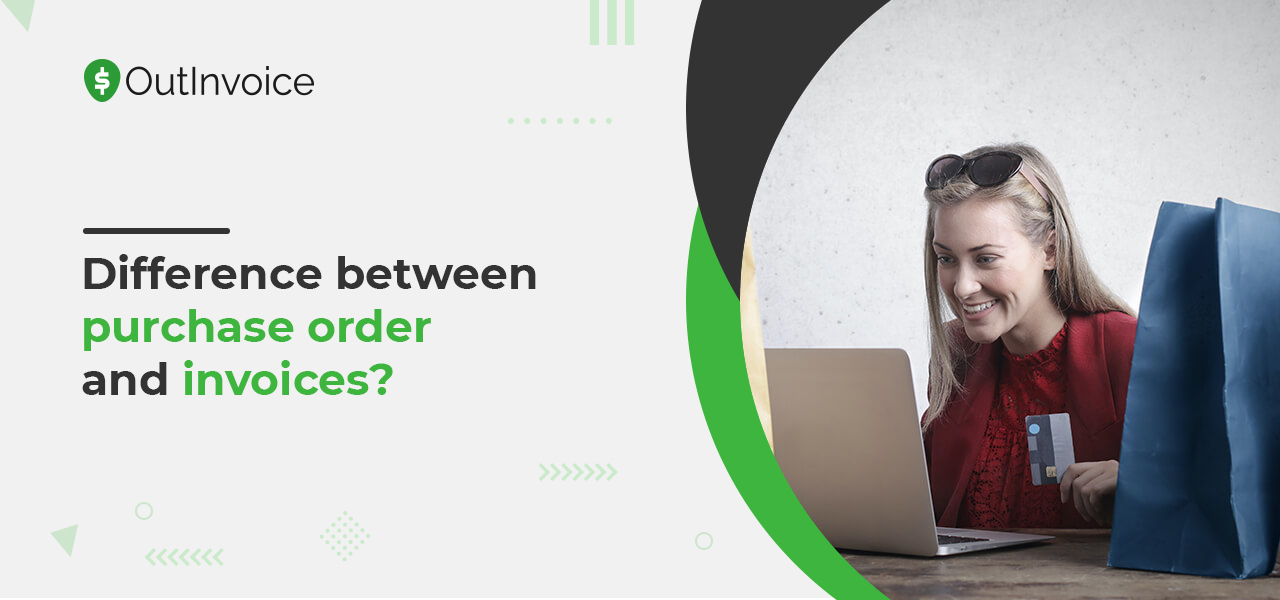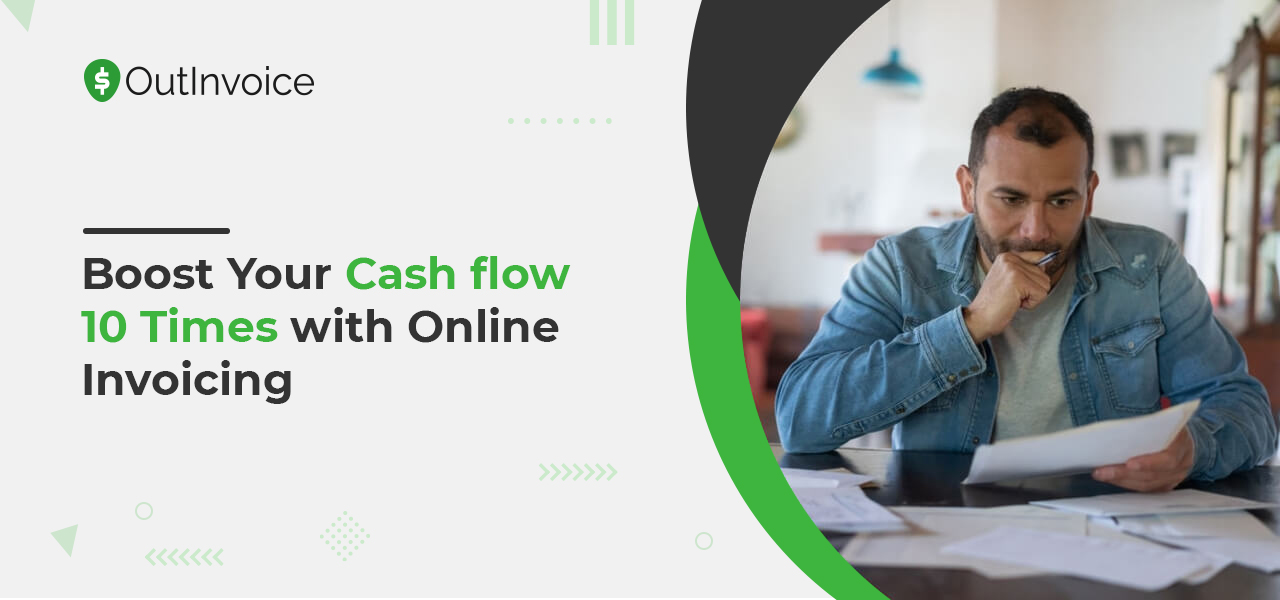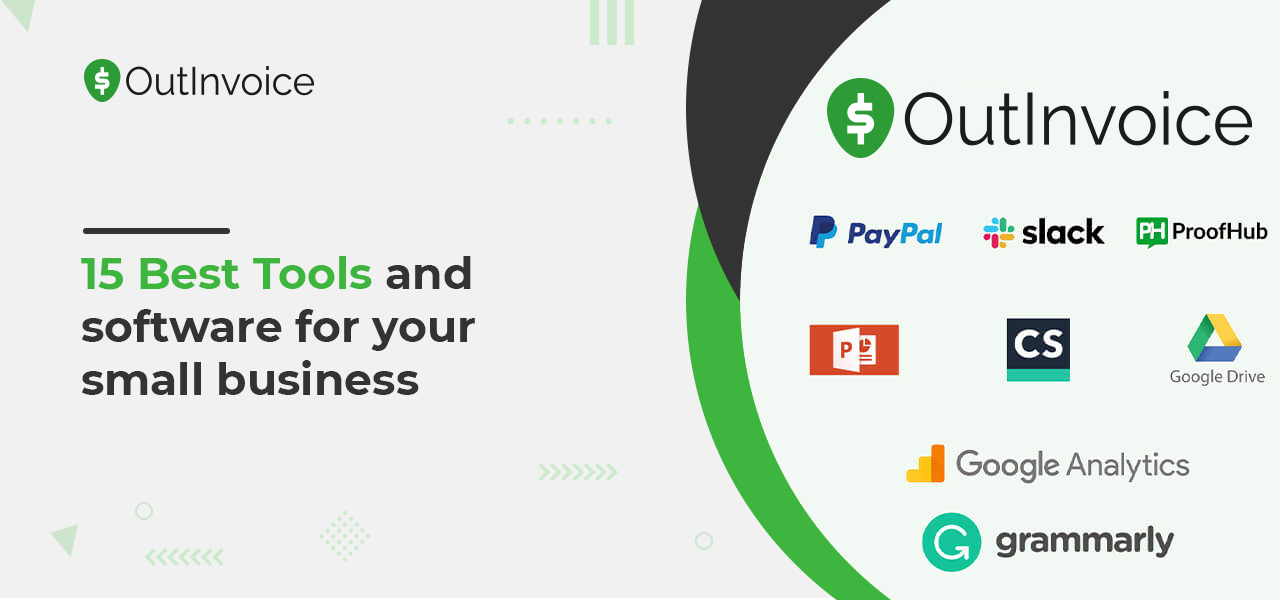
What is Difference Between Purchase Order and Invoices?
The business that deals with physical inventory may know about the difference between purchase orders and invoices. Both financial terms, purchase orders, and invoices are quite confusing even for business owners. It deals with the sales and terms of payment agreements.
The buyer who tells sellers to provide the goods or services at the stated deal is issued the purchase order. On the other hand, an invoice is a document sent by the seller to get paid when that product has been delivered, or the service has been completed.
Table of Contents
What is a Purchase Order?
A document that includes the details about purchasing is known as a purchase order(PO). It states all the information like the types and quantities of the products that the buyer or your customers wants to purchase. That purchase order also includes other details like payment gateway, price of each item, delivery date, and other relevant terms and conditions.
Standing purchase orders can be created for long-term customers who order the same products often. The same purchase order number can be used for the standing PO as the customer orders the same products or services several times over a time.
Well, there is also confusion between purchase orders and purchase requisitions. Purchase requisitions are also called purchase request forms. It is managed internally to accept the proposed expenses. Large enterprises with finance departments often use the purchase request form.
The basic requirements for Purchase Order are:
- Date of order
- Purchase Order number
- Details of products ordered
- Name and address of the buyer
- Name and address of the seller
- Terms and conditions
- Signature of issuing authority
- Purchase Order Number
The Purchase Order (PO) is not completed without the purchase order number. Basically, it is a unique number found on the purchase order form.
One purchase order number is used only once, which helps to distinguish a purchase order from all other orders. You don’t need to worry about creating the purchase order number as the accounting software will automatically generate it when a new invoice is created. The number is referenced by both the client and seller throughout the transaction process. The seller later uses it to send an invoice.
How Purchase Orders are used?
Here are the basic purposes of a purchase order:
- To manage payments to suppliers,
- Track the order status of each customer and clarify terms.
- Instruct supplier about the quantity of a product to be delivered to the customer
- Tells about invoices due
- Purchase Order history helps to prevent overstocking the inventory and prevent orders from getting mixed,
- Ensure your customers receive their orders on time.
What is an Invoice?
The invoice is a document issued by the seller and sent to the clients after the products and services are delivered. The invoice is the medium to get the payment. It lists the purchased items, quantity, and prices. It also shows the total amount owed by the customer, with tax, vat, and other expenses. Invoices are also commonly stated as “bills,” “statements,” or “sales invoices”.
Nowadays, most of the business uses online invoicing software to create and send the invoices. Those type of invoices consists the key elements of the invoice. The traditional way of sending paper invoices is not famous in modern-day business. Even the payment is made online through the different payment gateway.
The purchase order is made before the invoices. The invoices are created after the purchase order, and they may be formally processed or informally settled.
The basic requirements of the invoices
- Date of issue
- Invoice number
- Purchase Order number
- Quantity of goods ordered
- Price of each good purchased
- Discounts (if applicable)
- Taxes (if applicable)
- Total amount due
- Name and address of the buyer
- Name and address of the seller
- Signature of a seller or authorized agent
Invoice Number
An invoice number is the most important element for invoices. It is a unique, sequential code that is systematically assigned to each invoice. An invoice number sequence should not be repeated or have any gaps.
The unique invoice number is given to each invoice. It also ensures that income is properly documented for tax and accounting purposes. The invoice number also makes it easier to track payments. The invoices are only referred to as legal if the invoice number is clearly stated on them.
How are Invoices used?
Here are the basic purposes of an invoice:
- Helps to track revenue and expenses of small businesses
- Provide a written record of the goods and services delivered to your customers
- State the total cost of the purchased items,
- Tracks the payment and find out the accounts that still need to pay
- An accurate and systematic record of invoice helps in tax audit
- Easier to pay your business taxes as an exact record of business revenue is recorded
The online invoicing software also allows various features like managing multiple clients, scheduling payment reminders, keeping track of each invoice, managing business finance, accepting online payments, sending online invoices, etc.
Similarities of Purchase Order and Invoice
- Both purchase orders and invoices contain information about the purchase of the goods and services that are also ordered, the quantities, and the price of that order.
- Financial accounting departments use both documents to record accurate purchases (accounts payable) and sales (accounts receivable).
- The address details of the buyer and the supplier are mentioned in both documents.
- The other important details about the order and shipping specifics are on both documents.
- Both the Purchase Order and the invoice are legally binding documents.
Difference between Purchase Order and Invoices
- A buyer issues a purchase order to order product and services, which sellers receive, while an invoice is sent from the sellers and received by a buyer after the order is completed.
- APO shows that the customers want to purchase, while an invoice demands payment after the purchase.
- APO takes place as in the first stage and the first documents to be sent in the purchase to pay (P2P) process, while the invoice takes place on the last stage as it is the last document sent.
- The invoice is sent to the buyer, while the PO is sent to the seller
- There is a difference in the documents’ details as PO mentioned the order details and the delivery date of the order, while an invoice includes the price of the order, terms, and conditions of payment, and the payment due date.
- APO state the details of the contract to purchase, while an invoice confirms the sale.
- For the accounting records, buyers use a purchase order to track accounts payable, and sellers use invoices to track accounts receivable.
Even if many of the details on a purchase order and an invoice are the same, these documents have different functions on the business.

In simple terms, a purchase order is issued by your customers or clients with the intention of purchasing. It is the documents sent by buyers to the sellers with the details regarding products or services required, quantities, and price. This document is sent to get approval from the sellers. After the seller approves it, the purchase order becomes a legal document.
In the case of an invoice, it is a document issued by the seller after the order is completed or delivered to the clients. The vendors or sellers have to accomplish the terms defined in the purchase order to send the invoice and request for payment. Basically, the simple invoice includes the price mentioned on PO that the buyer should pay.
An invoice also includes the original purchase order number as well as an invoice number. It helps to track the order for both sides and would be helpful to speed up payment for the seller.
The Benefits of using Purchase Orders
Purchase orders play an important role in business. It helps to simplify the workflow of the business operation. It also plays a significant role in maintaining accurate and complete financial records.
Here are some benefits of using a purchase order:
1. Save Time
If you use some extra time to generate and send the purchase order, then it can save a lot of your time in the long run. First, the purchase order system simplifies the ordering process and makes everything easier and simpler for both buyers and sellers. As you start using the PO system, the work becomes easier, and placing an order would not be a hassle.
When the order arrives, you just need to check the invoice alongside the purchase order. It can save your time as you got all the purchasing records.
2. Help with Budgeting
Purchase orders can help with budgeting for a large project. The PO contains the order’s actual quantity, so it is necessary to calculate order quantities before the project started. This process also gives a better idea of the budget for that project.
The purchase order helps in large projects and guides when dealing with small and everyday purchases in the business. The details like the price and quantity fields on purchase orders provide the estimation of the amount of selling to make a profit.
While preparing the company’s budget, you can take references from the past purchase orders and guess about the actual requirement and its cost. It is easier to make a plan for the future as you can retrieve the previous purchase records.
3. Enable Planning
The accurate records of the purchase order can help you in making a reliable plan. It provides a key vision into company performance that offers you the tools you need to examine product trends, market cycles, and company spending.
The purchase order saves all purchasing information, and it’s way easier to access it. This process lets you review detailed records and track budgets, receipts, invoices, and more.
4. Handle Unexpected Expenses
A purchase order contains all the quantities and prices of the orders so you can estimate the expenses. Before purchase, the PO must be submitted, so there’s a record of any expense as soon as the need for it arises.
Suppose you are in a situation where one department has just come up with a large expense that wasn’t planned previously. They place an order, and then accounts payable doesn’t hear about it until they get the invoice. In that situation, it becomes a lengthy approval process where they have to figure out the unexpected expense.
If you have a purchase order system, then it tells about approaching expenses earlier. This process can be helpful in planning, budgeting, and communication in business operations.
5. Eliminate Goof-Ups
All the details of the purchase are recorded on the purchase orders. It provides information about what you exactly ordered. This document can help you to clarify the misunderstanding. It also eliminates the condition of mix-up while ordering.
Those who have a disagreement or any misunderstanding about ordering can take reference from POs at any time. Thus purchase orders can help fix goof-ups in team members as well as with suppliers and buyers.
6. Provide Legal Protection
A Purchase orders act as a legal document if both parties agree with the terms and condition. The purchase order is the document of agreement concerning the prices and quantity of items for your order.
The purchase records can defend you by giving you a legal, enforceable document of exactly what you ordered. It can become serious proof that can safeguard your company in the condition of an unexpected price increase. The issue like the wrong quantity or type of items and changes in the price of a product can be resolved by analyzing the purchase order. POs protects both seller and buyers, so both parties appreciate it.
7. Control Spending
If you are implementing a purchase order in your business, then it will help control spending or expenses. As the purchase order contains every detail of purchasing and the prices are already estimated, it will prevent extra and unwanted spending.
8. Track Spending
The purchase order makes it easier to track the money as it keeps a record of all the purchasing information. It will also be easier to access the information on the past purchase. As you can track down your cost and spending, it will be easier to keep records of finances. The accurate record of the finance makes it easier in calculating the tax and audit.
9. Understand Vendors
Purchase order (POs) provides you with the opportunity to keep track of your vendors and suppliers also. You can communicate with the vendors and sort out the terms, conditions, and policies with each other’s business rules. Therefore you can get information about vendors and can understand their working environment.
You can also get a vision or understanding of the vendors with the help of documentation of PO. A purchasing order makes it easy to analyze if your vendors fulfill or deliver orders on the scheduled time or can’t keep up to the agreement.
If you want to add value to your company, you must work with vendors and suppliers who can follow the policy and conditions agreed on in the document.
10. Improve Inventory Management
A purchase order can help you with inventory management. It keeps track of your company’s purchasing order with all the details like quantity of an item, types of item, and price. To check the accuracy of the delivered order, you can then check it against the invoices. Thus you can keep an exact record of inventory. The purchase order can keep your inventory always updated and have better inventory management.
Other importance of Purchase Orders
- Orders are easier to track
- Ensure clear communication;
- Make life easier for your vendors;
- Avoid audit problems;
- Provides contractual, legal protection for the buyer and the supplier.
Well, the purchase orders ensure that you spend the expenses within the budget limit. The purchase orders help to track the expenses, disposed of errors, and validate delivery reports.
Conclusion
Both purchase orders and invoices each have an important role to play in the business’s purchase process. And yes, there is a huge difference between purchase orders and invoices.
Both have their own function and are quite different documents needed during the business transaction. The purchase order is issued by the buyer (or client) at the start of a business transaction. On the other hand, an invoice is issued by the seller (or vendor) when the order defined in the purchase order is completed.



